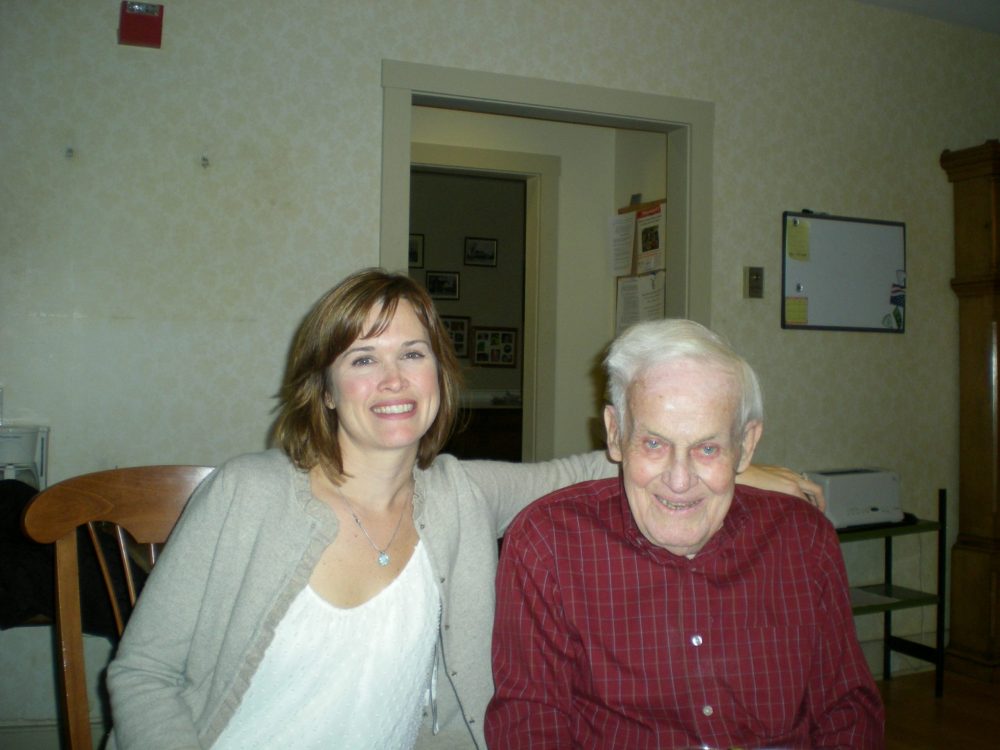Through my work researching housing for rural seniors, two things have become evident: first, rural America is older than the nation overall, and second, aging in place is the best option for seniors. “Aging in place” refers to older adults living independently in their current residences or communities for as long as possible. The vast majority of rural seniors own their own homes, so this often means remaining there; it can also be accomplished, however, by moving to a more manageable dwelling (such as a smaller apartment).
Numerous reports have proposed that aging in place is preferable for seniors. Living independently often results in improved health, life satisfaction, and self-esteem for elders. Of course, challenges exist. Physical changes to the body that occur with age make it more difficult for seniors to live independently, and older homes are often not physically accessible for seniors with physical ailments. Homeownership often requires onerous or expensive upkeep that seniors may not be physically or financially able to manage. Additionally, the existing housing stock in rural areas often lacks a range of choices that could provide options for seniors unable to maintain larger homes and properties. This makes moving into smaller, more manageable units more difficult.
As seniors require access to a variety of services, especially those that are health based, proximity and ease of access to those services plays a large role in a senior’s ability to age in place. Unfortunately, rural America typically has a limited availability of services and faces larger barriers to accessing care than urban and suburban regions. In vast, sparsely populated regions with little transit for seniors who may have difficulty driving, this dearth of services is often problematic.
Rural America is older than the nation as a whole. Approximately 16 percent of rural residents are 65 or older, compared to 13 percent nationally. And although rural America only accounts for 21 percent of the national population, 25 percent of individuals 65 and older live there. Rural America is also aging at a faster rate. As highlighted by Dr. E. Helen Berry of Utah State University, this trend is caused by longer lifespans, drops in the fertility rate, and departures of younger rural residents for job opportunities elsewhere. She wrote a wonderful article on this phenomenon in the Fall 2013 edition of Rural Voices, the Housing Assistance Council’s quarterly magazine.
It is clear that there is a need to address these issues. Making use of home and community based (HCB) care providers is one potential option. According to the Pennsylvania Department of Aging, HCB care providers offer a range of services including home health care; personal care, such as assistance with bathing, dressing, eating, grooming, and toileting; health care support services, such as housekeeping, shopping assistance, laundry, and mending; respite care; transportation and other routine household chores; and home-delivered meals prepared at a central location. These services greatly improve a senior’s ability to age in place. Unfortunately, there are challenges in providing HCB care services in rural America.
A recent study from the Center for Rural Pennsylvania, released in November 2013, expounds upon these challenges. Authored by Janet Ann Melnick and Geraldine Ferrer of Pennsylvania State University and Heather Shanks-Elroy and Sara Dunay of Keystone College, the report looks at, among things, the scope and magnitude of home and community-based care alternatives to nursing homes within rural Pennsylvania. It’s a great report that focuses on a very real problem occurring in rural America: how can a population that is aging faster than other regions “age in place” if the support systems are not there for them to do so?
While the report found a service ratio of 9.7 HCB care agencies per county in rural Pennsylvania, it also discovered over a quarter of rural counties in Pennsylvania did not have an identifiable HCB care provider located therein. When aging individuals live far from HCB care providers, travel times for care workers increase, lessening their efficiency and requiring the organization to hire more workers, increase fees, or serve fewer individuals. These are not ideal outcomes.
The report also found that costs limit the ability of rural seniors to use HCB care providers. In rural Pennsylvania, 16 percent of all seniors live below the poverty line. Thus, disposable income to pay for HCB care services is just not available. The Medicaid waiver program partially addresses this concern, as the waiver allows for the use of HCB services; however, the availability of these waivers and the HCB services varies from state to state. Furthermore, at least in Pennsylvania, the Medicare system still typically relies on institutionalized care practices, like the use of nursing homes. Although keeping seniors in their homes and communities is more cost-effective than “institutionalization,” a significant percentage of Pennsylvania’s Medicare budget goes to the high costs attributed to nursing home care, leaving less available for HCB care services.
Although the report looks specifically at Pennsylvania, this issue is occurring all across rural America. If aging in place is the ideal, we should be striving to find ways to keep our seniors in their homes for as long as possible and to minimize the use of nursing homes. HCB care providers are a great way to do this, but we must think more critically about how they can best be used in the rural context.
(Photo courtesy of Cathedral Square Corporation, Vermont)






Comments